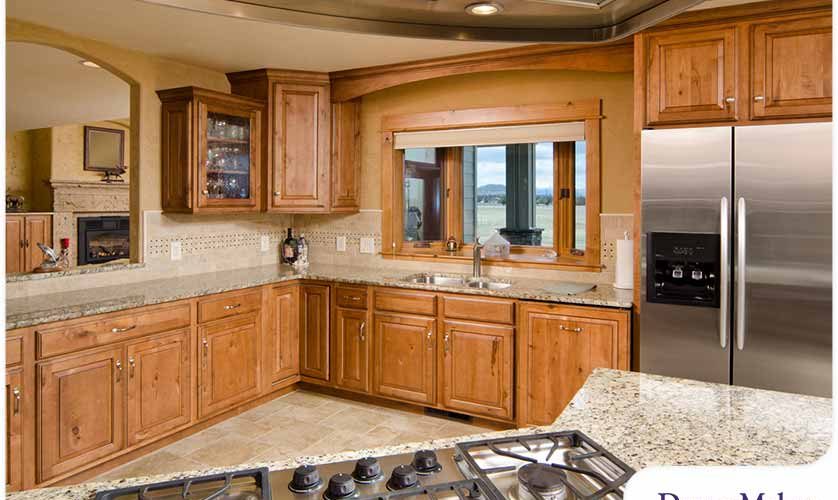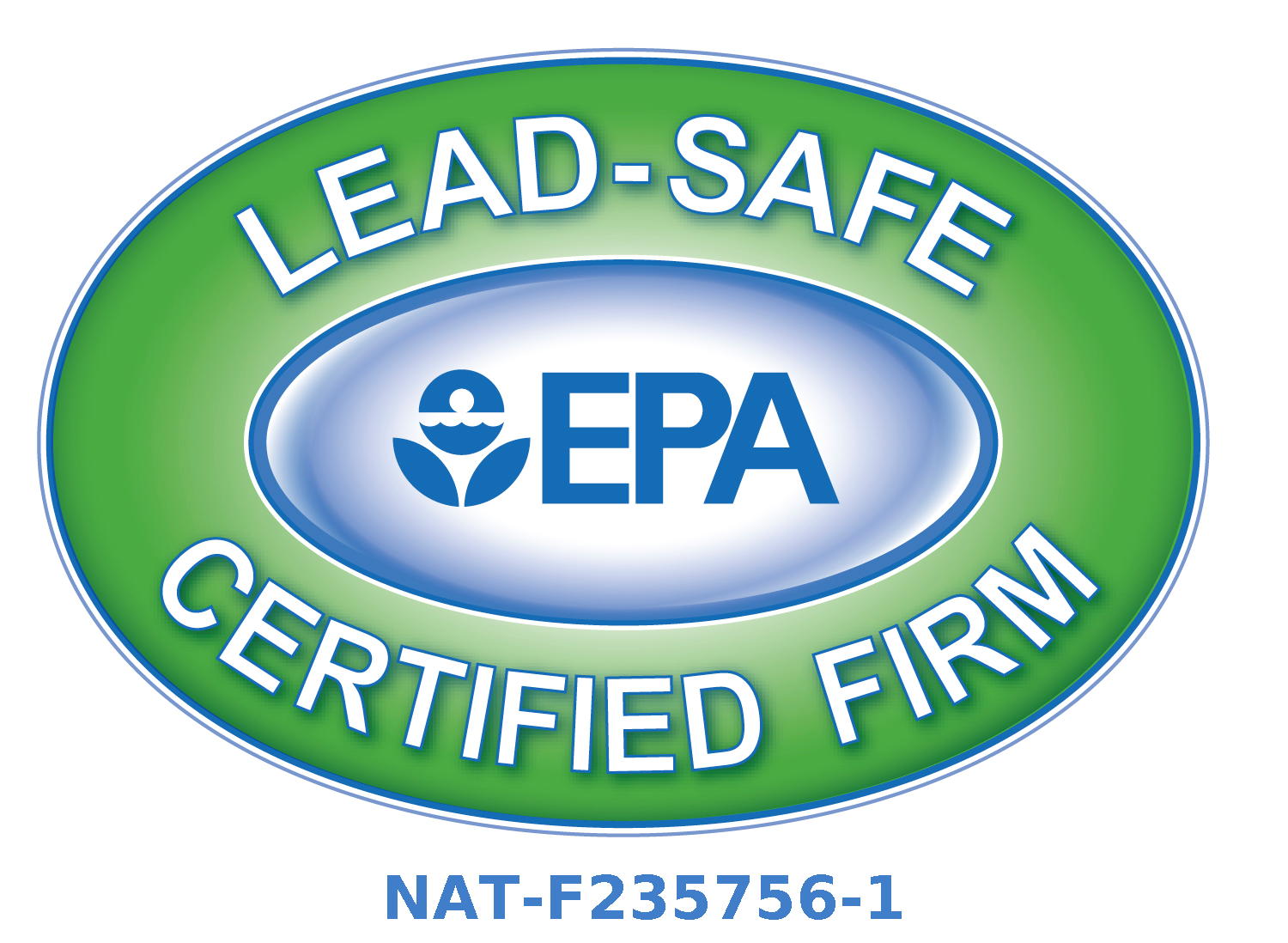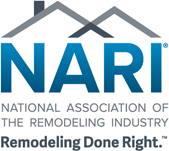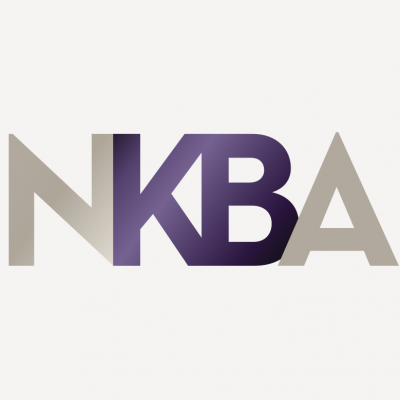
Transitional design has its feet planted in traditional and contemporary styles, which is worth considering when planning a kitchen renovation. In today’s post, DreamMaker Bath & Kitchen of Burlington County looks at transitional kitchens and their design elements.
What Are Transitional Kitchens?
Transitional kitchens are named as such because they “transition” between traditional and contemporary styles, which allows greater flexibility in terms of what can be included in the final design. Many transitional kitchens started with one style, with elements from the other added to complete the design. The idea of transitional design leaves much room for interpretation, but it’s the combination of careful planning and selection that makes a good transitional kitchen.
Elements of Transitional Kitchens
Coming up with a transitional design for your kitchen remodel can be overwhelming given the number of variables involved. Fortunately, there are some constants or elements that can be used to anchor your design.
- Natural lighting. There are many reasons to incorporate natural lighting into your kitchen, regardless of style — it helps create a cheerful environment, it helps you save on indoor lighting costs, and it has some health benefits. In transitional kitchens, natural lighting helps highlight elements such as the color palette and cabinetry. If you are buying new windows, look for the energy rating label and choose the ones with high visible transmittance (VT) ratings. If solar heat is a problem, look for windows with low solar heat gain coefficient (SHGC) ratings. Certain types of coatings make it possible to have window glass with high VT ratings and still block solar heat and UV radiation.
- Sleek cabinetry. Cabinets with ornamentation, raised panels, and carved profiles are eschewed in favor of sleek and modern styles. Sleek cabinetry is not associated with specific architectural styles or time periods, which helps avoid a dated look and doesn’t draw attention from other design elements.
- Neutral colors. Like the cabinetry, a transitional kitchen’s color palette must not draw too much attention to itself. This is why a neutral color palette works best — it serves as a blank canvas that highlights the other details in the kitchen. It also gives the kitchen a timeless look.
- Natural material. Surfaces with natural materials look great in transitional kitchens because they bring traditional and contemporary elements together. Popular examples of such as materials include marble and granite for countertops, hardwood for flooring, and pine for cabinets. Natural materials require regular maintenance, so make sure you are aware of their maintenance requirements before making your choice.
Let’s Start a Conversation!
DreamMaker Bath & Kitchen of Burlington County offers a wide range of professional remodeling services for your home remodel. To get started with a no-obligation consultation, call us at (856) 656-4488, or contact us online! We serve homeowners in Moorestown, Mt Laurel, Medford, Marlton, Mt. Holly, Maple Shade, Columbus, Chesterfield, and Cinnaminson.




